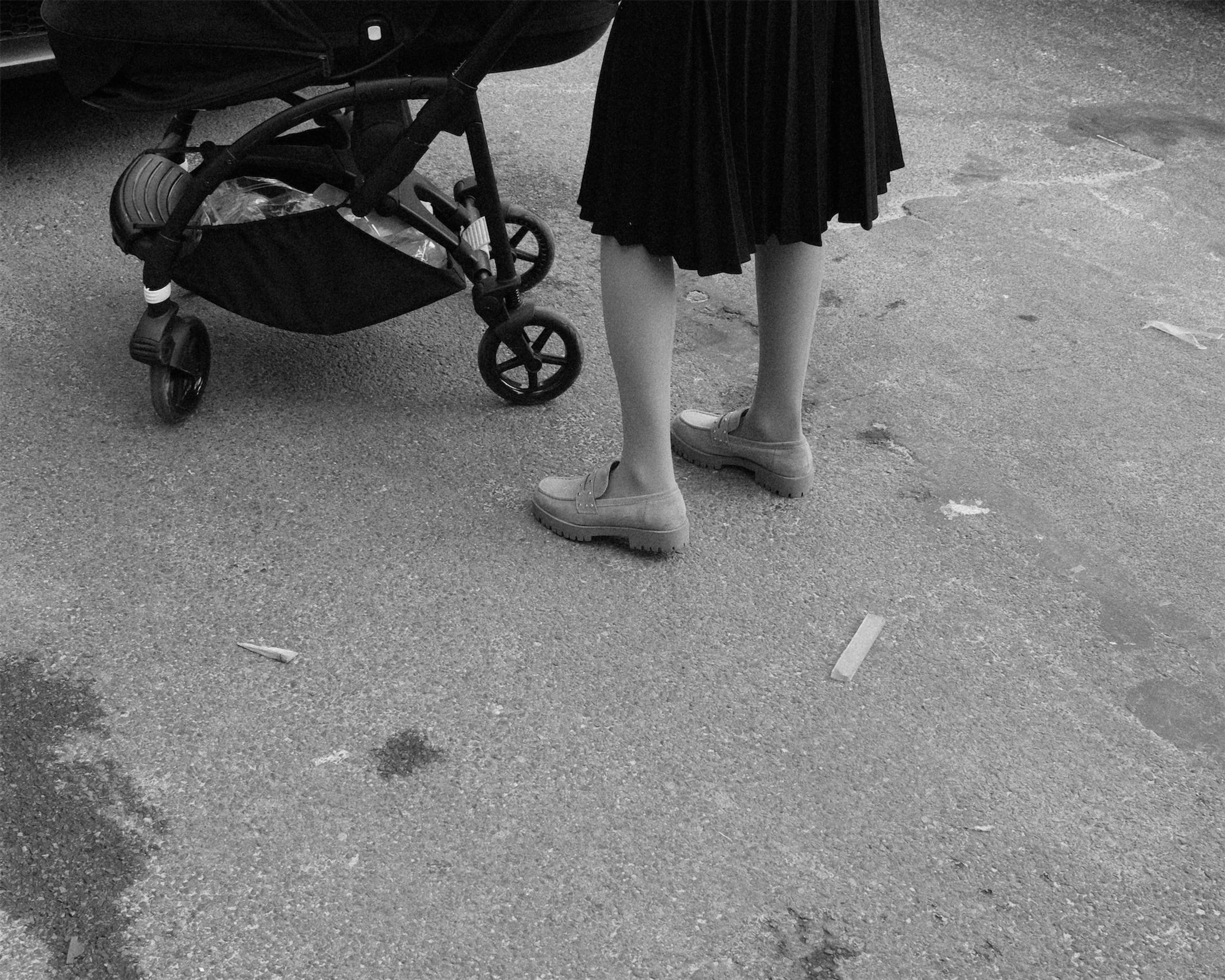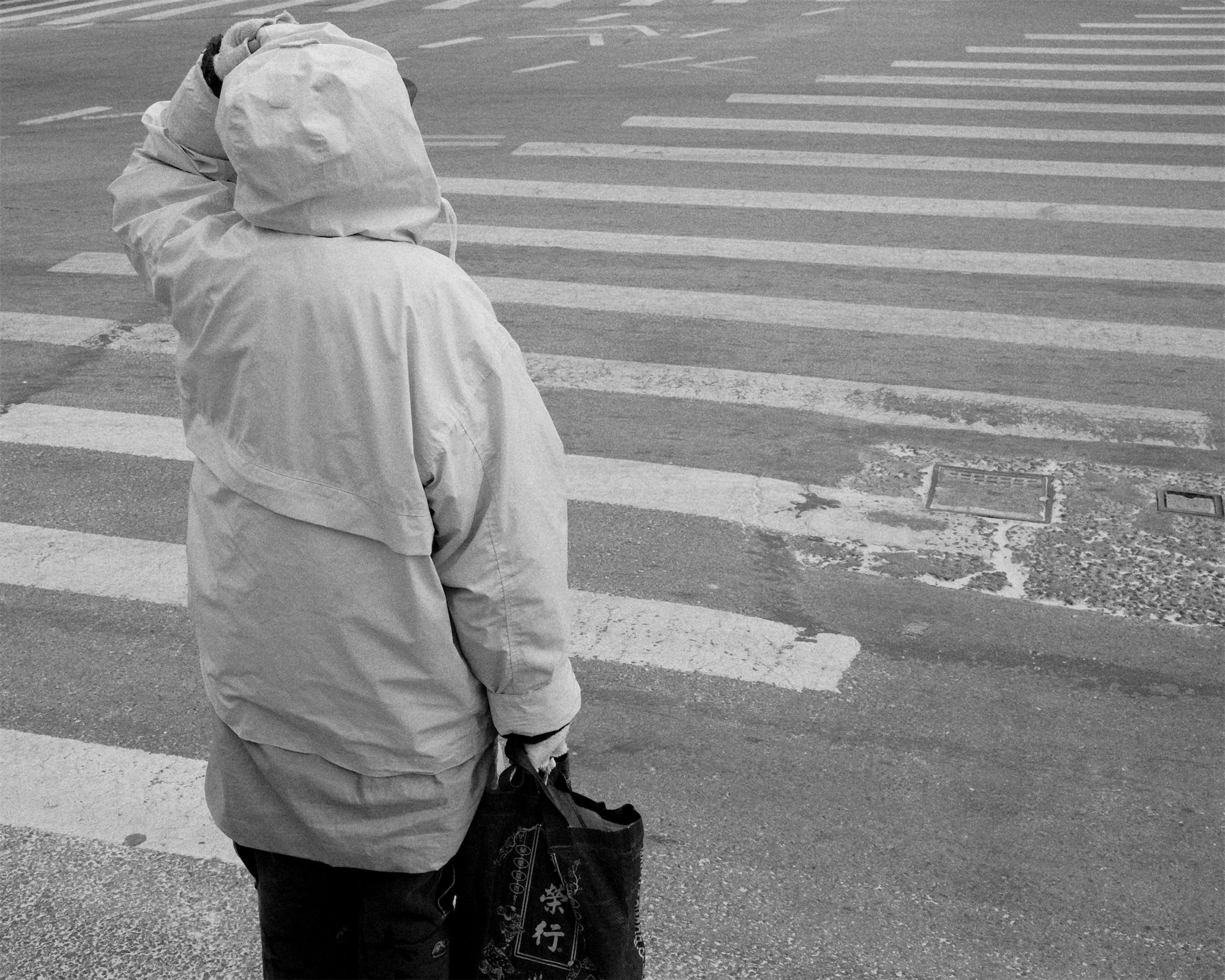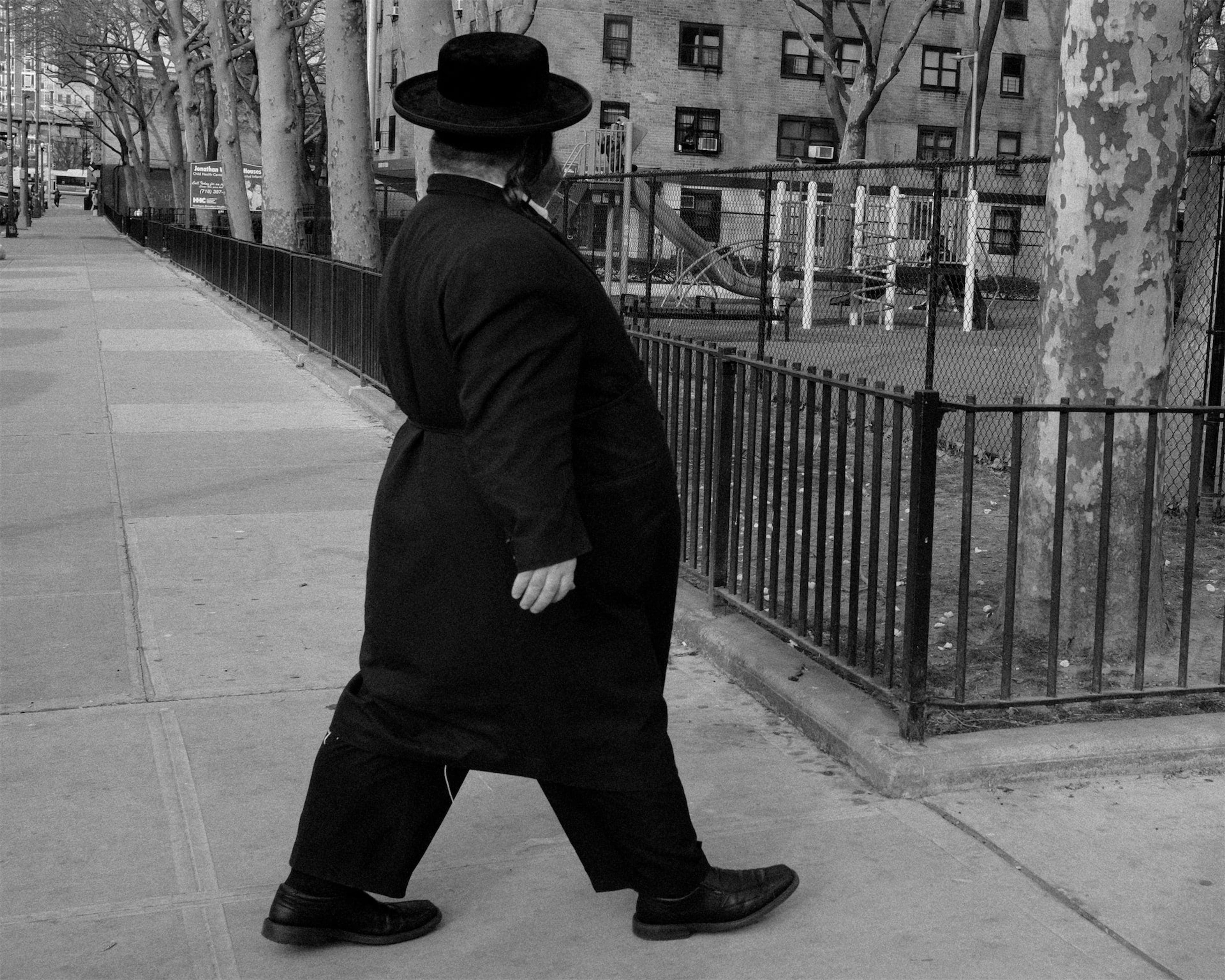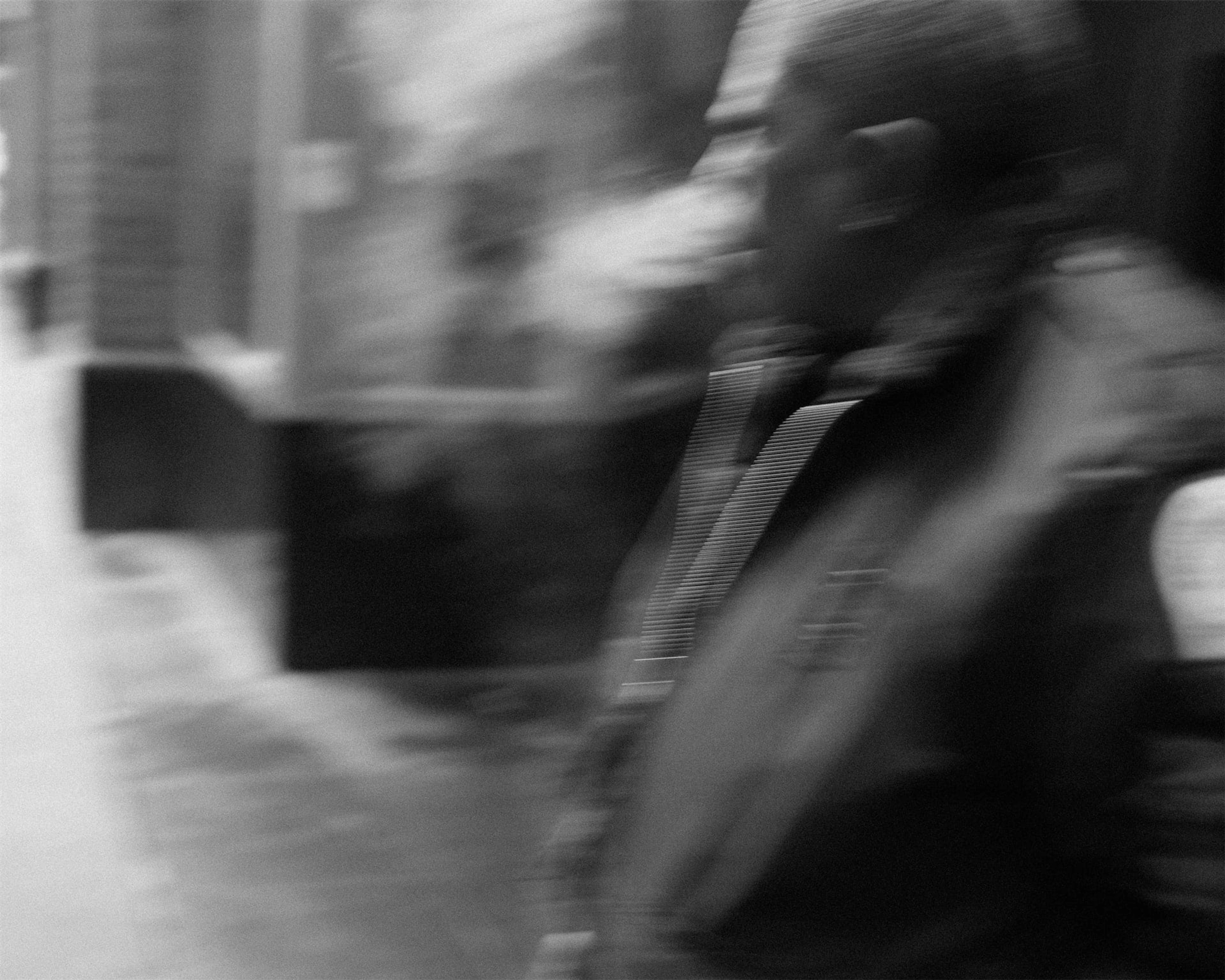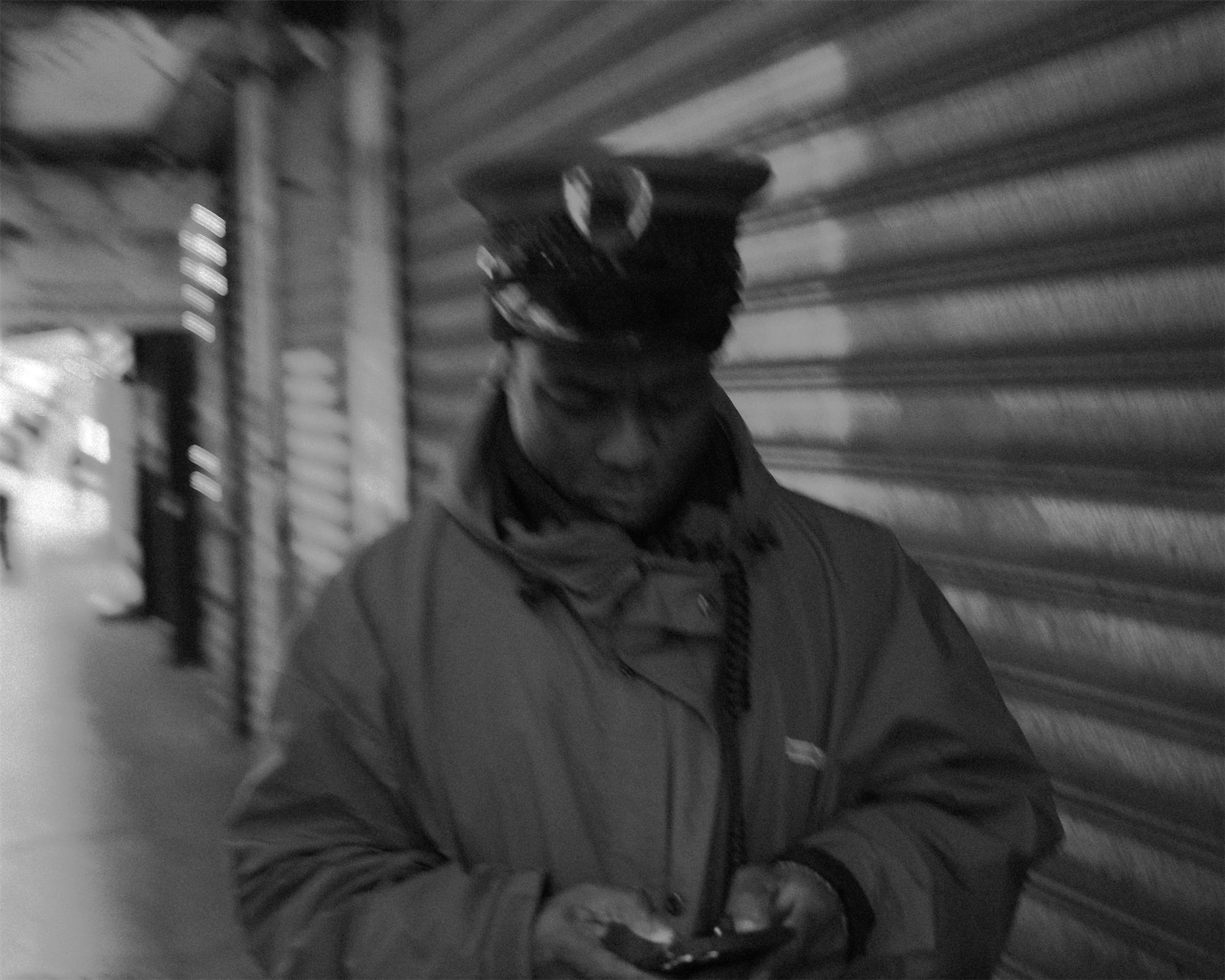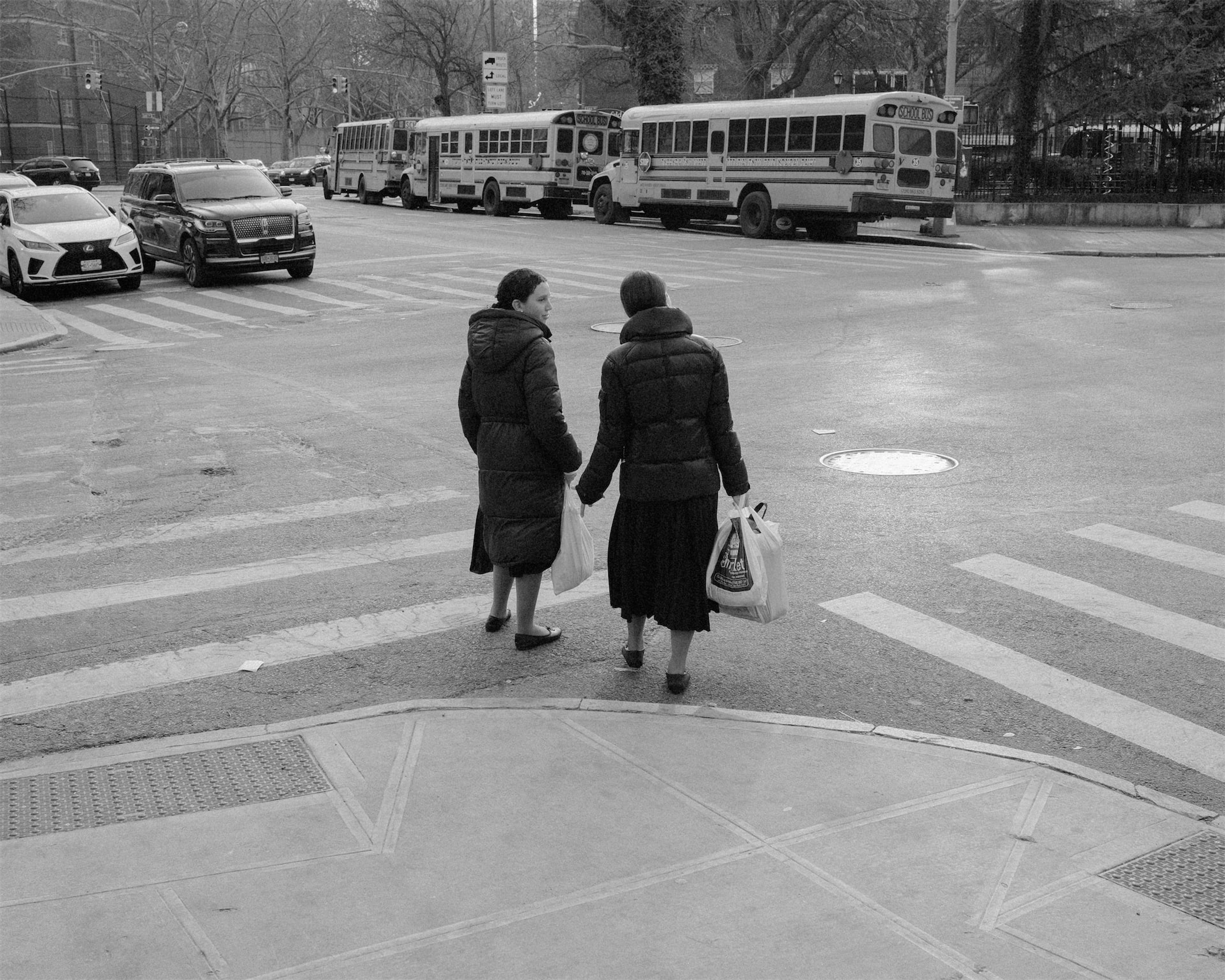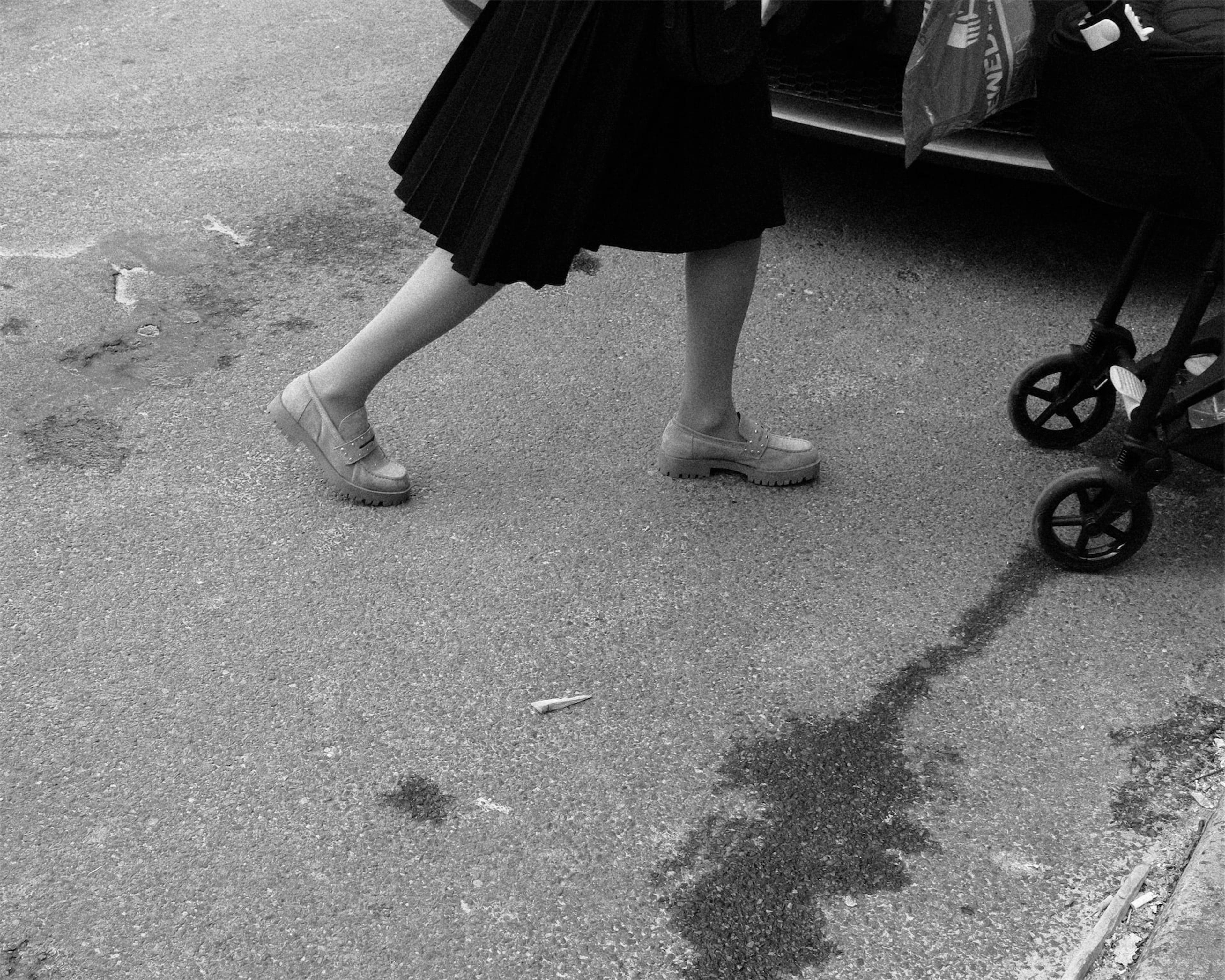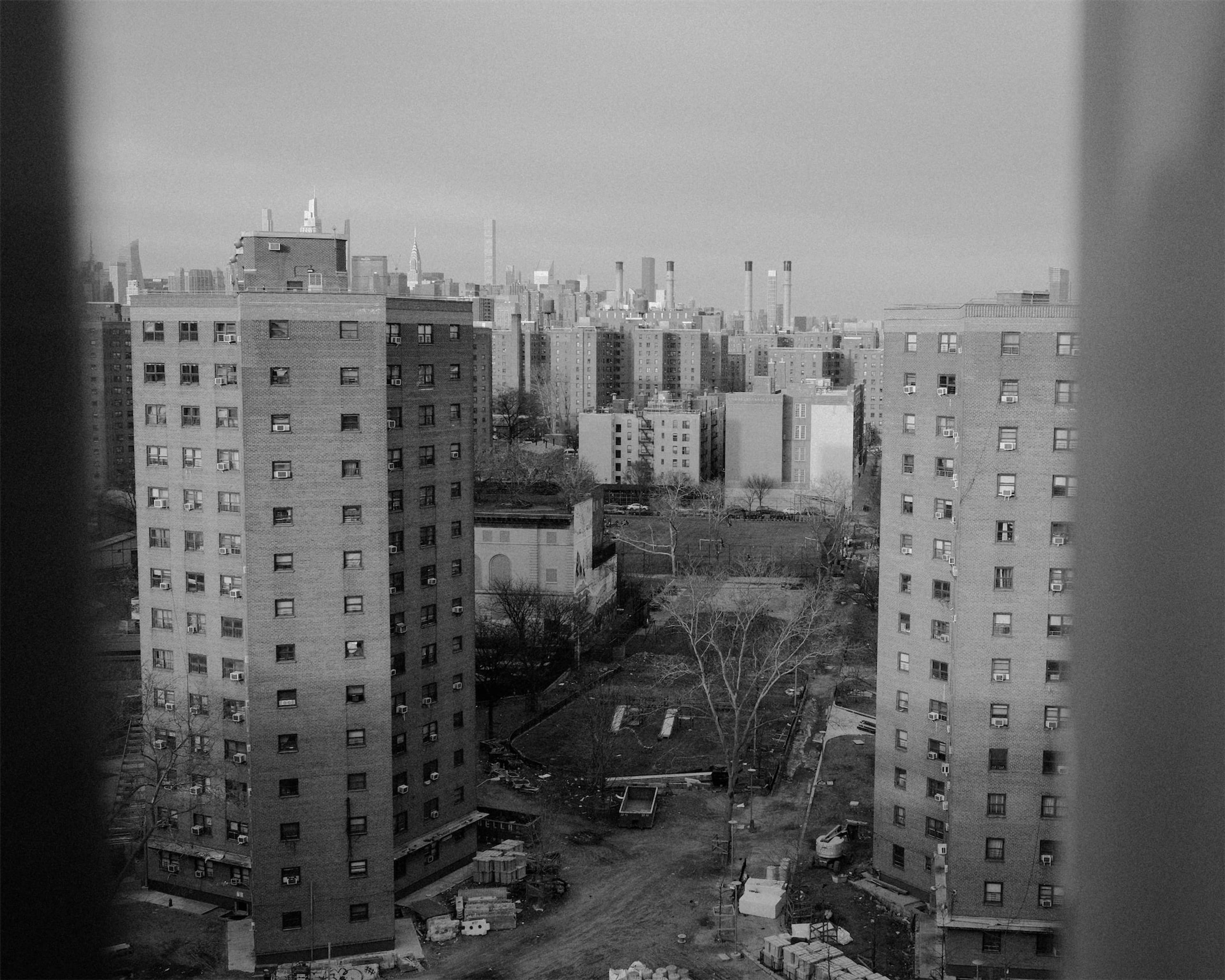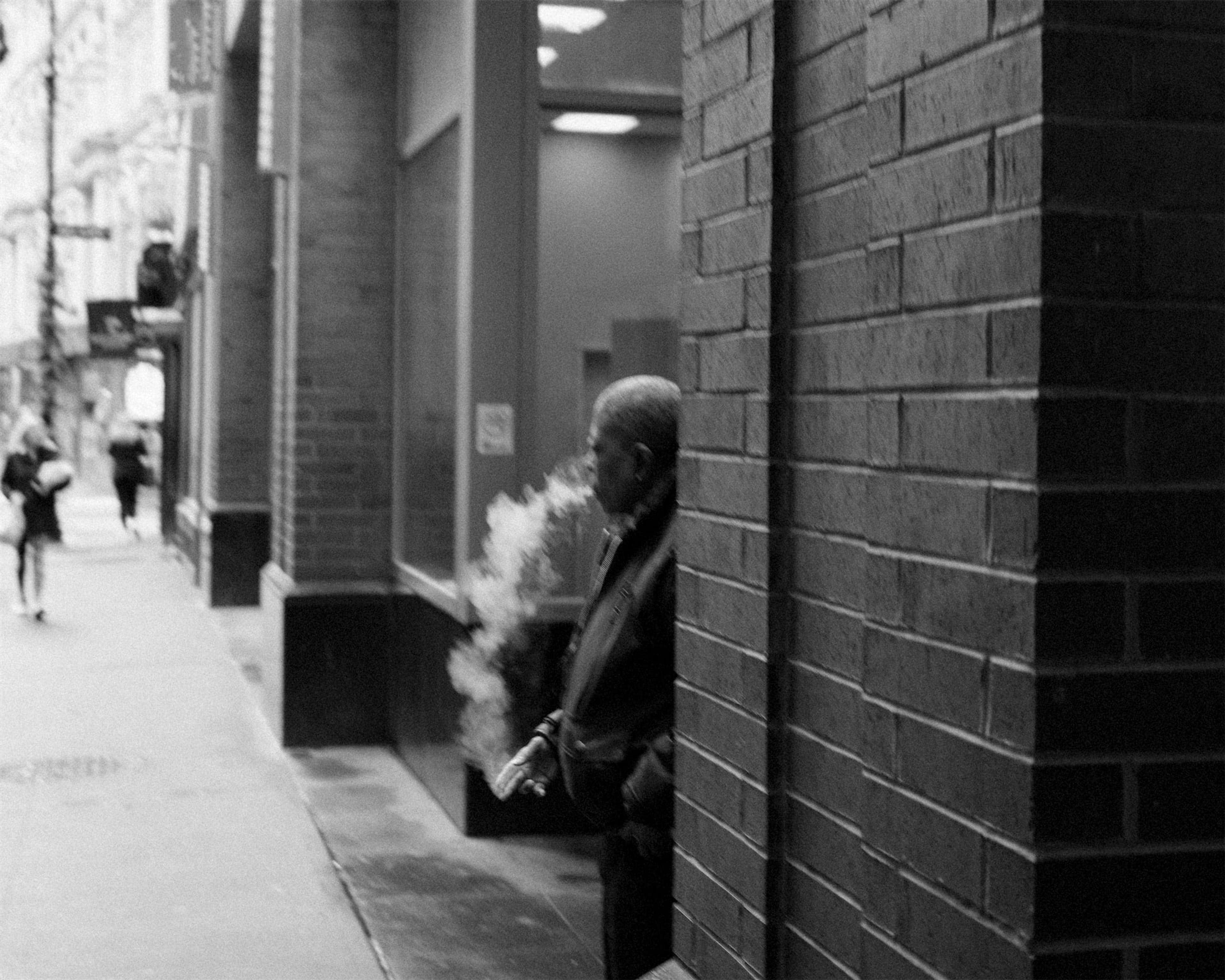Eternal City
A timeless portrait of New York
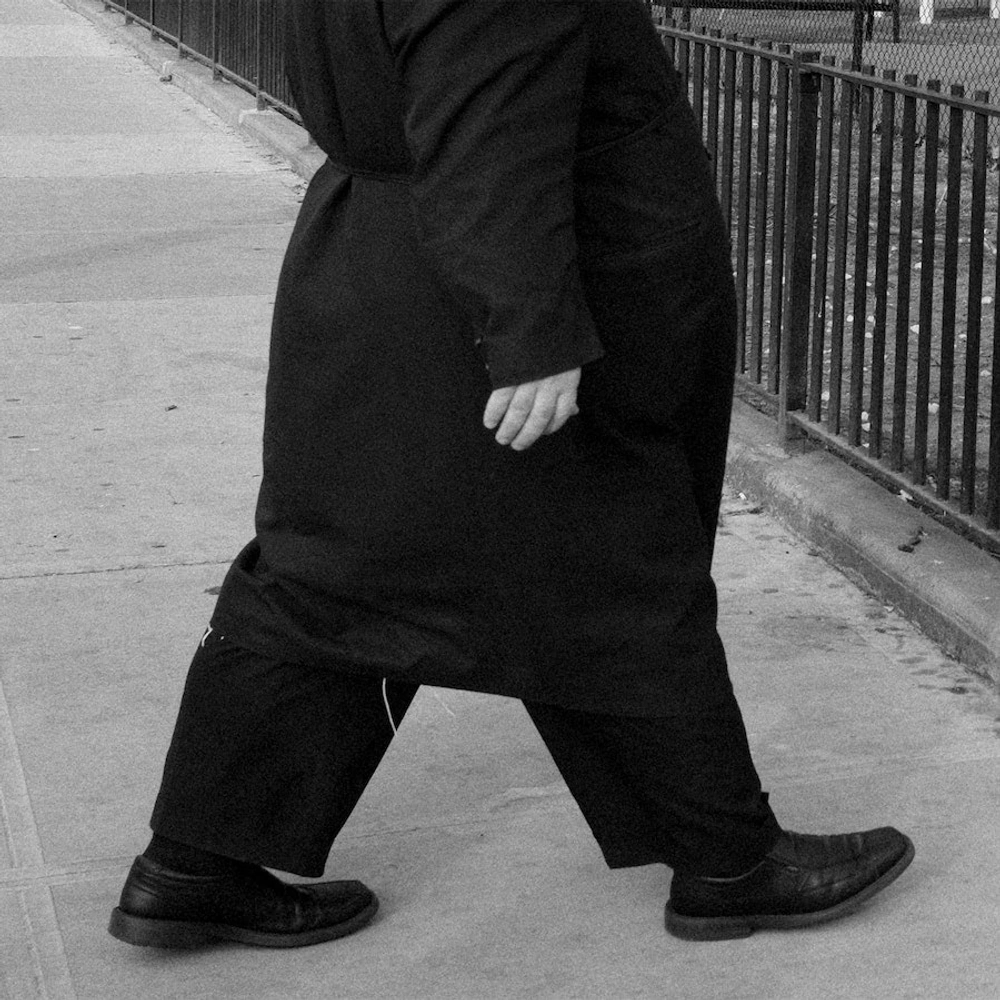
If we walk the street, we become automatically part of the commons. All of its people, dogs, stores, and cars become one collective whole. When looking around, we see all sorts of things: people on their way to work; a young couple in a fierce conversation; an old lady walking her dog. Most people in the city won’t notice this, though. They are physically there, but their minds are elsewhere. They glaze over and just walk through the city.
Photography allows me to interact with the world around me. At first, I try to avoid being noticed until after the picture is taken. I don’t ask permission; I just shoot, and most people are fine with that. They often don’t even respond if they notice that I took a picture. When I first started taking pictures of strangers this way, I felt incredible resistance. What will they think? Is that even allowed? Won’t they get angry? But I have learned not to overthink it. A bit of cheekiness and boldness go a long way, and if things turn out differently, I can always brush it off with a big smile.
The camera unlocks awareness and presence for me. It not only pauses time, it heightens my state of awareness. With the camera in my hand, I focus more fully on what is around me: What do people wear? How do they walk? How do they interact with the world around them? These details matter because they are part of the story I’m trying to tell.
I have a clear sense of what I’m seeking in my photography, although it can be hard to describe in words. I know it when I see it. To some, this might sound vague, but internally, I have a good compass of what I am looking for. Walking around New York City, there seem to be more people who have “it.” Again, it’s challenging to articulate, but “it” stands for a certain Zeitgeist. Together, these elements define a neighborhood and the city as a whole.
Some neighborhoods are especially interesting to me, like Williamsburg, for example. The strict orthodox Jewish community here is something I’ve documented. The people in this community don’t own smartphones, and the way they dress makes it hard to place them in a timeframe. The way I’ve selected these photos is partially to achieve a sense of timelessness. Are the pictures from the 80s, 90s, or from now? It’s hard to tell. Black and white photography also adds to this frame.
One of the defining characteristics of New York is its movement. This is why I don’t mind if my pictures are blurred. In fact, I think that motion can make pictures more interesting to look at.
Throughout the process of street photography, I feel vulnerable. While shooting, I have to overcome fears of rejection. There is the doubt that pictures won’t turn out how I hoped. During the selection process, there is especially a lot of doubt. And finally, there’s the final step of sharing my work. By the time you are reading this, I have overcome many hurdles to get to the final result. Depending on the time of day, this makes me either proud, cringe, or somewhere in between.
